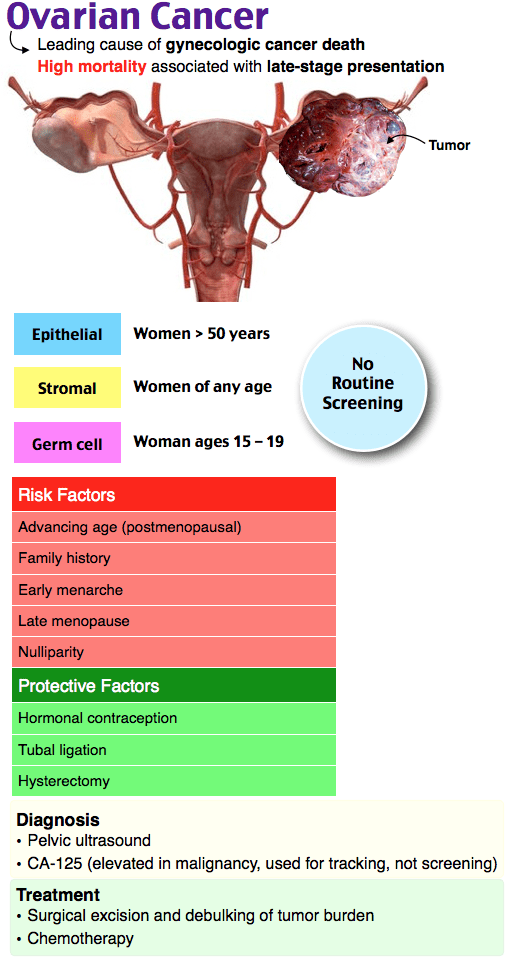Women’s Health Content-Specific Module For the ABFM Certification Exam

Introducing the new ABFM Women’s Health Content-Specific Module, available to Family Medicine residents, residency programs, and practicing physicians. This module is best suited for Family Medicine physicians looking for a focused, high-yield Qbank review for ABFMs Content-Specific Modules required during the certification exam. This content is novel, and not included in Rosh Review’s main Family Medicine Qbank or mock exams.
Family Medicine programs who subscribe to Rosh Review also gain access to the Content-Specific Modules in their PD Dash.
Categories include:
- Menstrual disorders
- Common conditions in women
- Reproductive and breast cancers
- Sexually transmitted infections and vaginitis
- Preventive care
- Contraception
- Abuse
Content is organized by task:
- History and Physical
- Diagnostic studies
- Diagnosis
- Health maintenance
- Clinical intervention
- Clinical therapeutics
- Scientific concepts
Here is an example:
Which of the following factors is associated with an increased risk of ovarian cancer?
A. Early age at menopause
B. Infertility treatment
C. Late age of menarche
D. Nulliparity
Answer D
Nulliparity is associated with an increased risk of ovarian cancer. Consequently, the risk of ovarian cancer appears to decrease with increasing parity. Ovarian cancer is the second most common gynecologic malignancy and the most common cause of gynecologic cancer death in the United States. In addition to nulliparity, risk factors include increased age, early menarche, late menopause, infertility, endometriosis, polycystic ovarian syndrome, a personal or family history of breast cancer, and genetic factors (BRCA1 and BRCA2, Lynch syndrome, Peutz-Jeghers syndrome). Because early-stage disease is usually asymptomatic, over half of women with ovarian cancer have metastatic disease at the time of diagnosis. Symptoms of late-stage ovarian cancers are usually nonspecific (abdominal bloating or pain, pelvic pain, increased abdominal girth, fatigue, back pain, early satiety, constipation or urinary symptoms), thus making a diagnosis difficult. Paraneoplastic syndromes such as migratory venous thrombotic events (Trousseau syndrome), subacute cerebellar degeneration, and sudden onset of seborrheic keratoses (Leser-Trélat sign) may be a presenting sign of ovarian cancer. Although the physical examination has limited accuracy, patients with symptoms suggestive of ovarian cancer should undergo a pelvic examination, including a rectovaginal examination. In addition, all women with suspected ovarian cancer or a pelvic mass should undergo transvaginal ultrasonography.
Early age at menopause (A) is not associated with an increased risk of ovarian cancer. Conversely, late age of menopause is associated with an increased risk. Infertility treatment (B) is also not associated with an increased risk, but infertility is a risk factor for ovarian cancer. Late age of menarche (C) is also not associated with an increased risk of ovarian cancer, but early age of menarche has been linked to an increased risk.
One Step Further question:
Do oral contraceptives increase the risk of ovarian cancer?
Answer:
No. Studies have shown that prolonged use of oral contraceptives reduces the risk of ovarian cancer.
Since these categories and tasks are integrated into our improved performance and feedback page, you have access to robust data to help you fine-tune your studying and resources to help increase your Family Medicine Certification Exam score by 100 points.
Or visit the main Family Medicine Qbank page to learn about our ABFM Certification Qbank.
Study on…
The Rosh Review Team
A bolus of confidence. A lifetime of knowledge.






Comments (0)